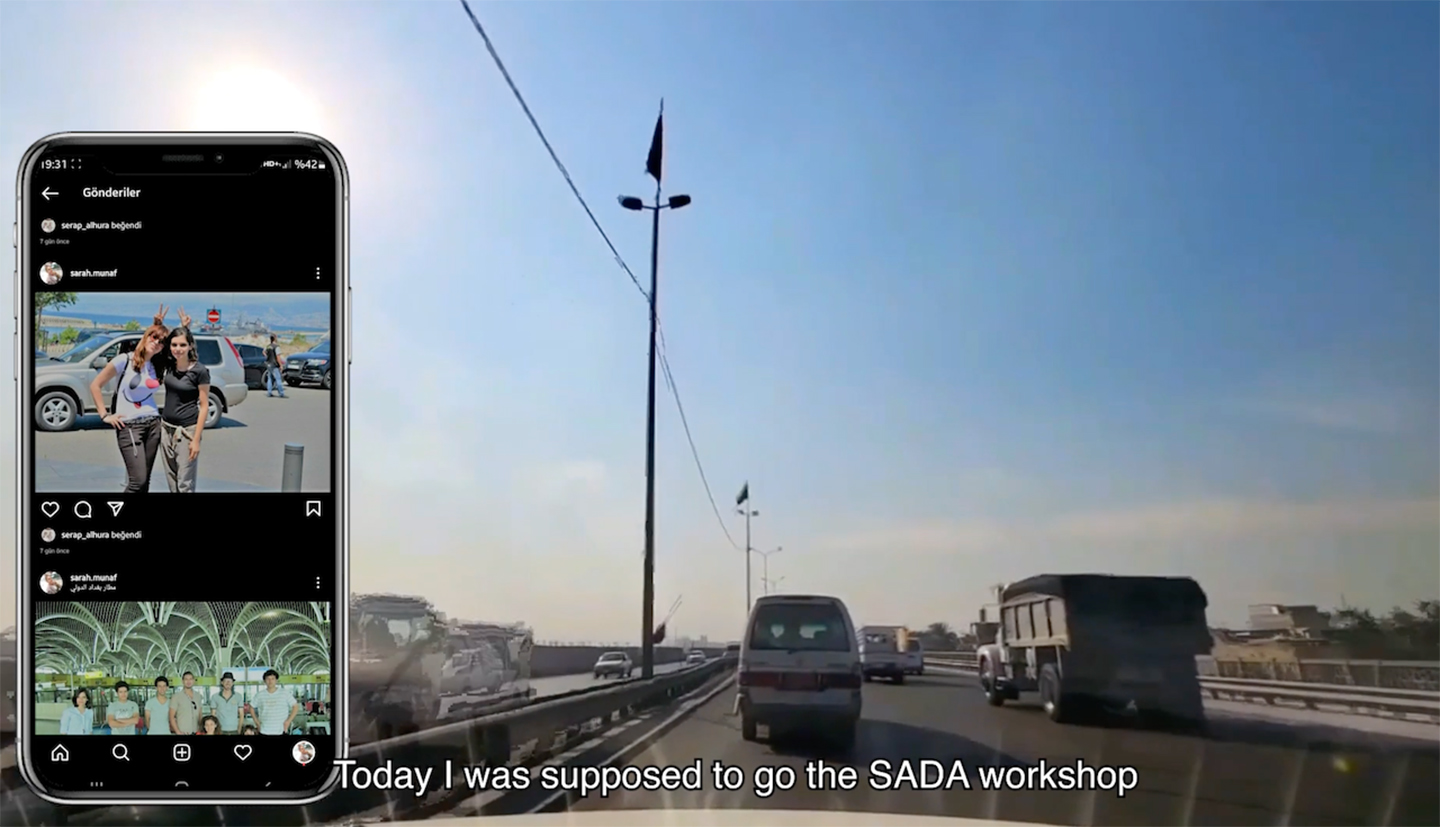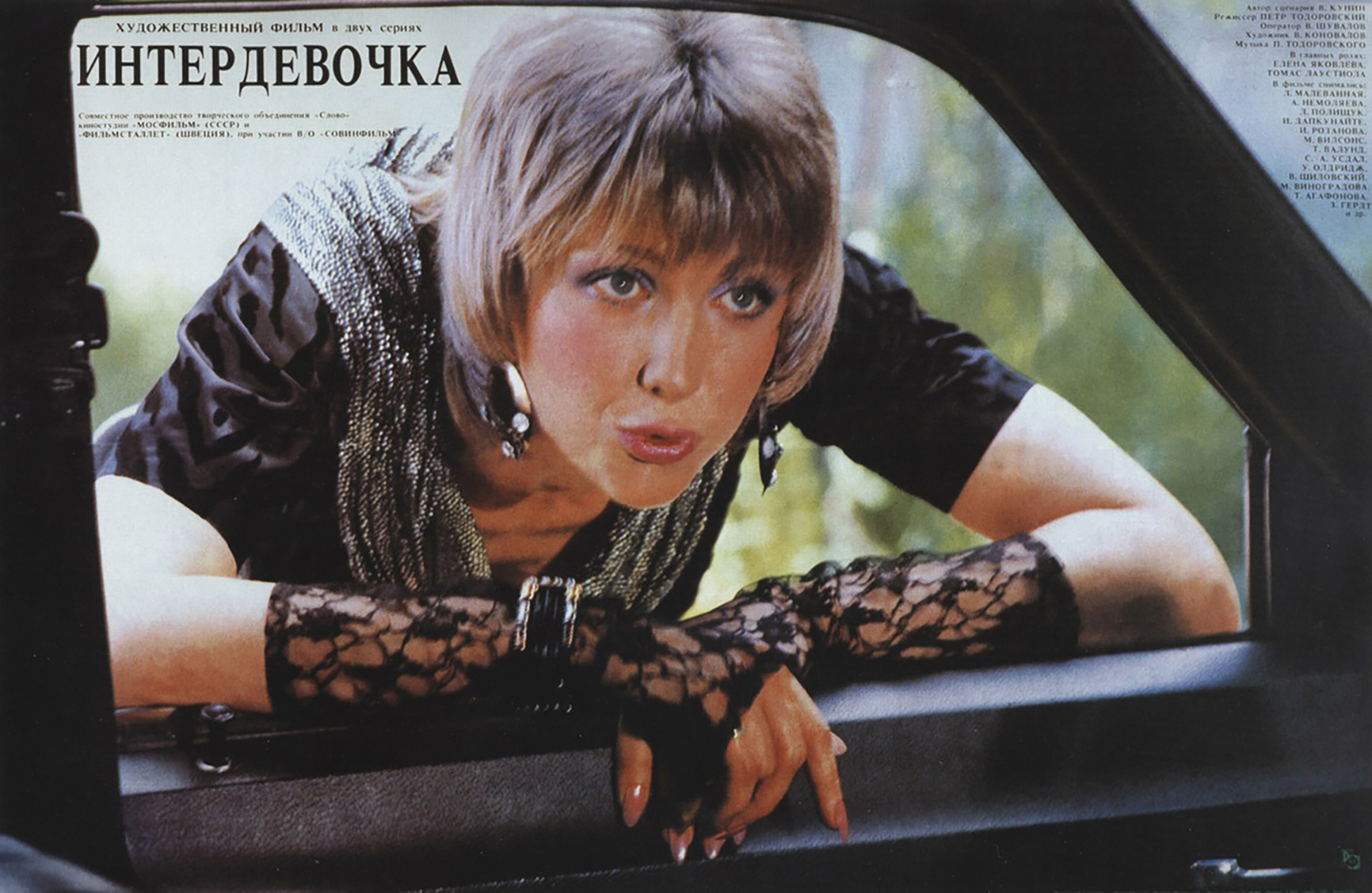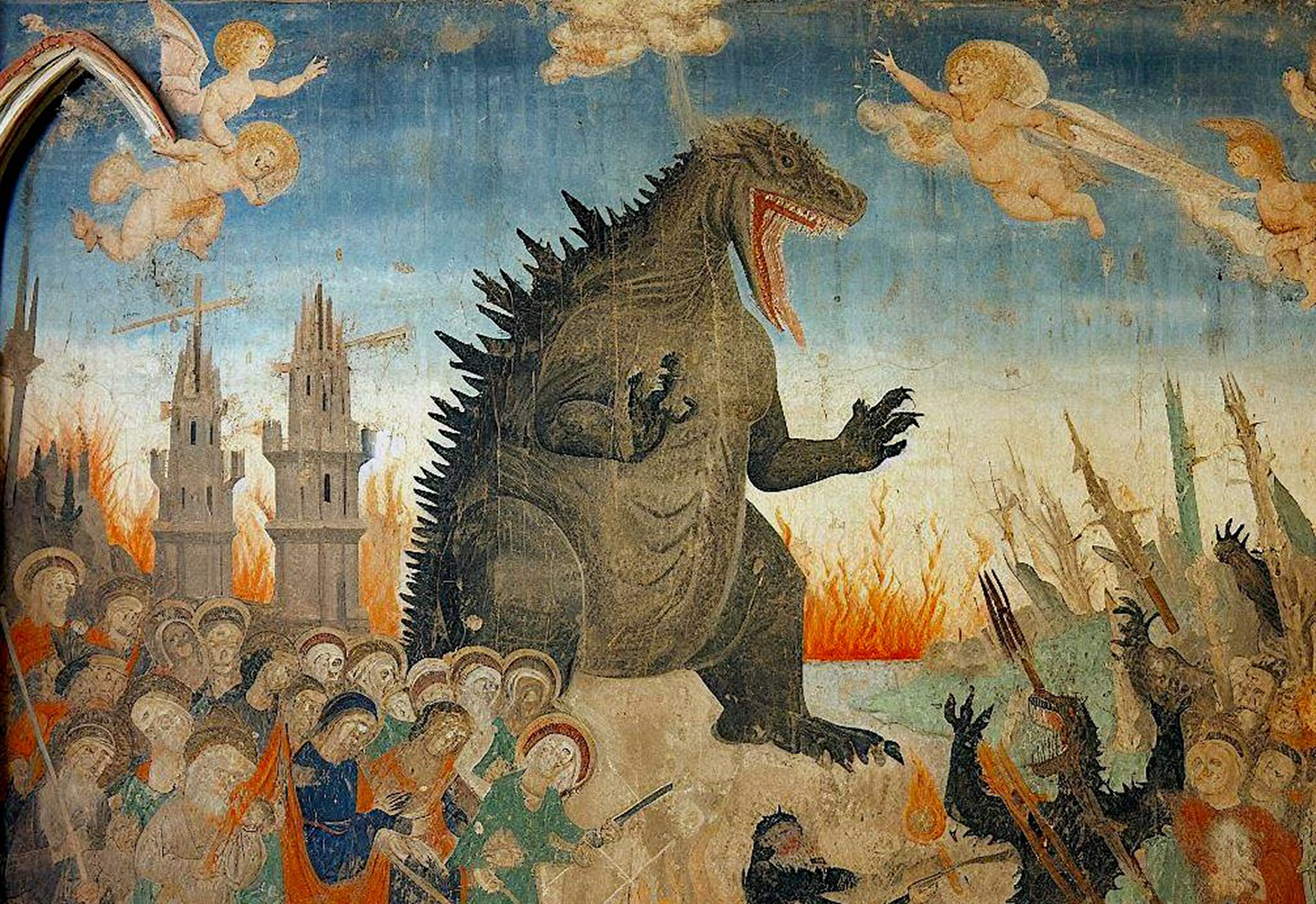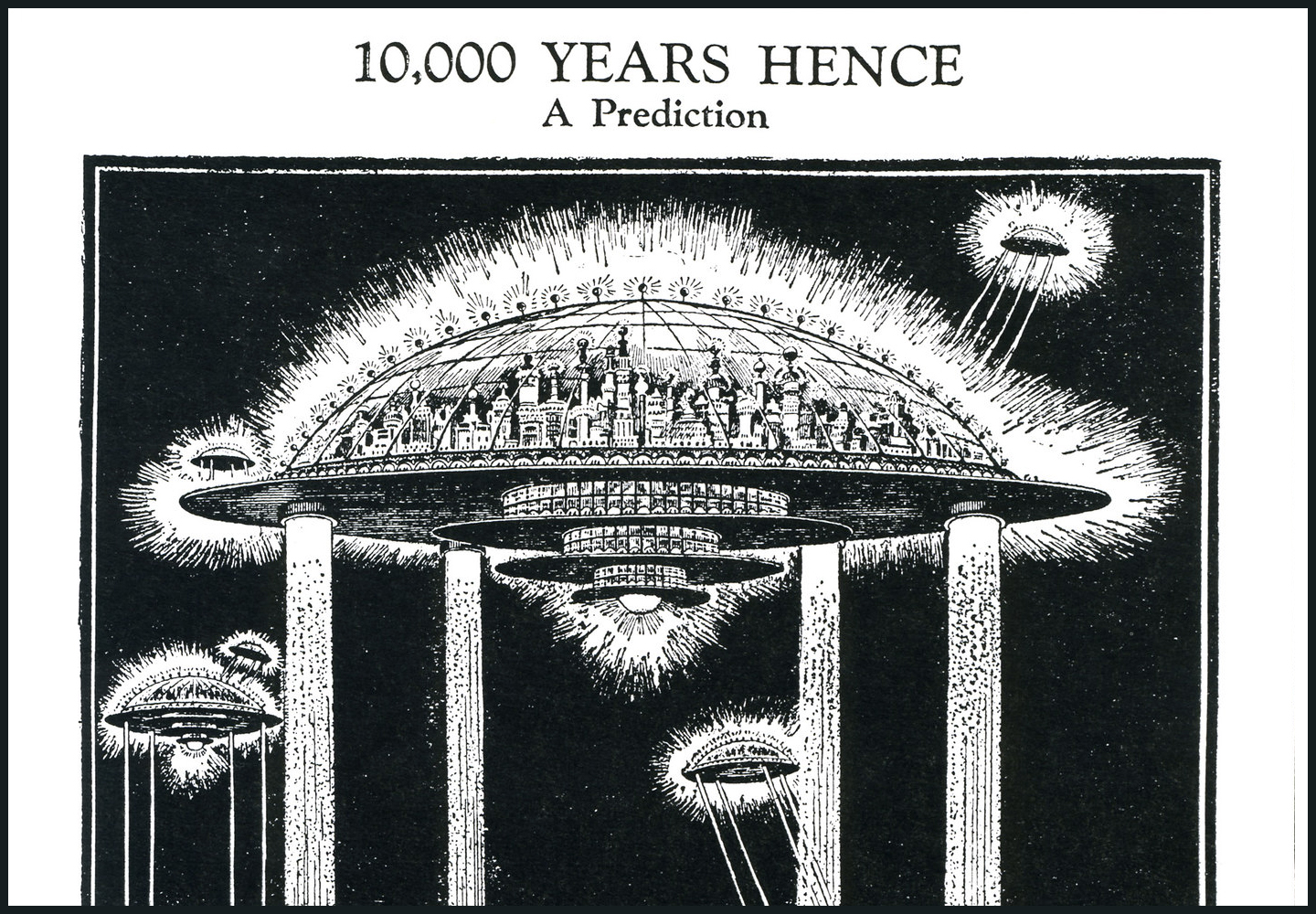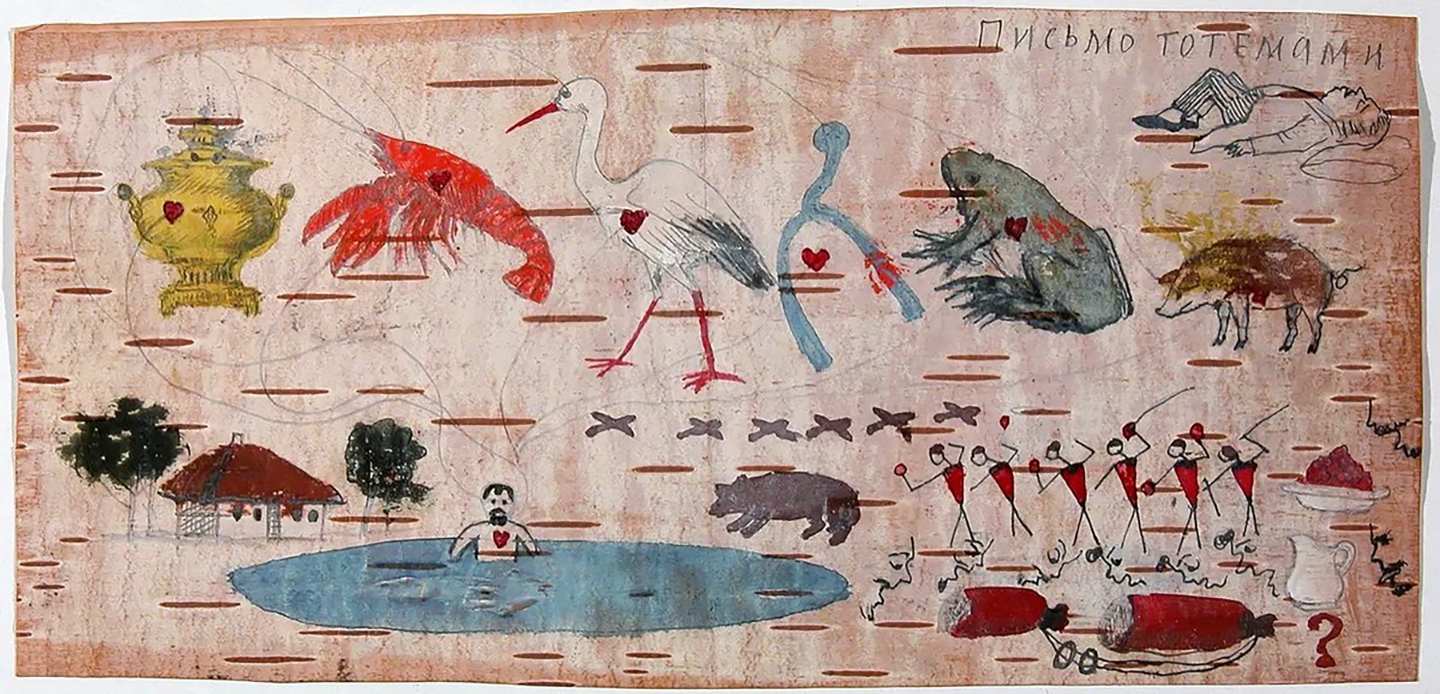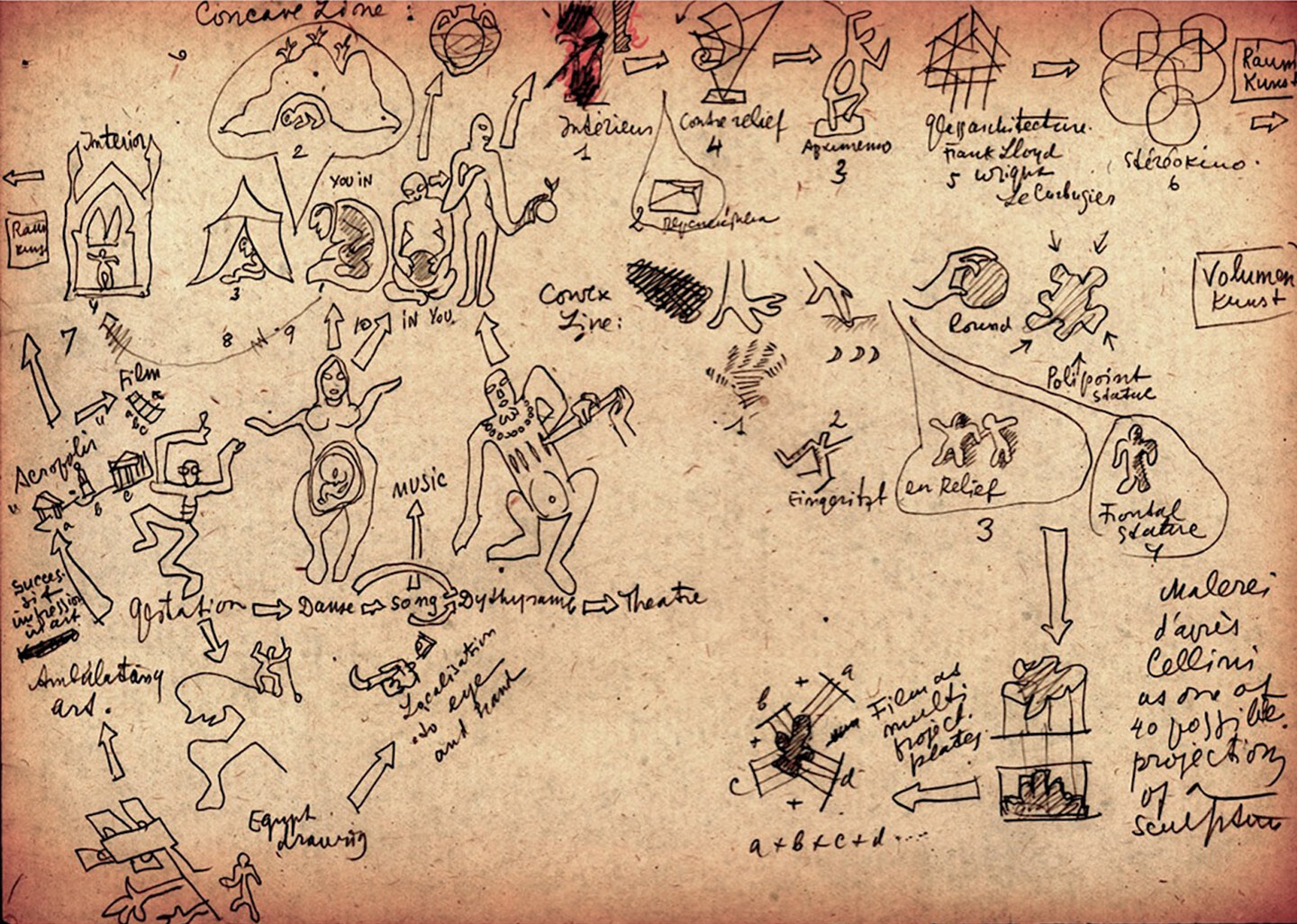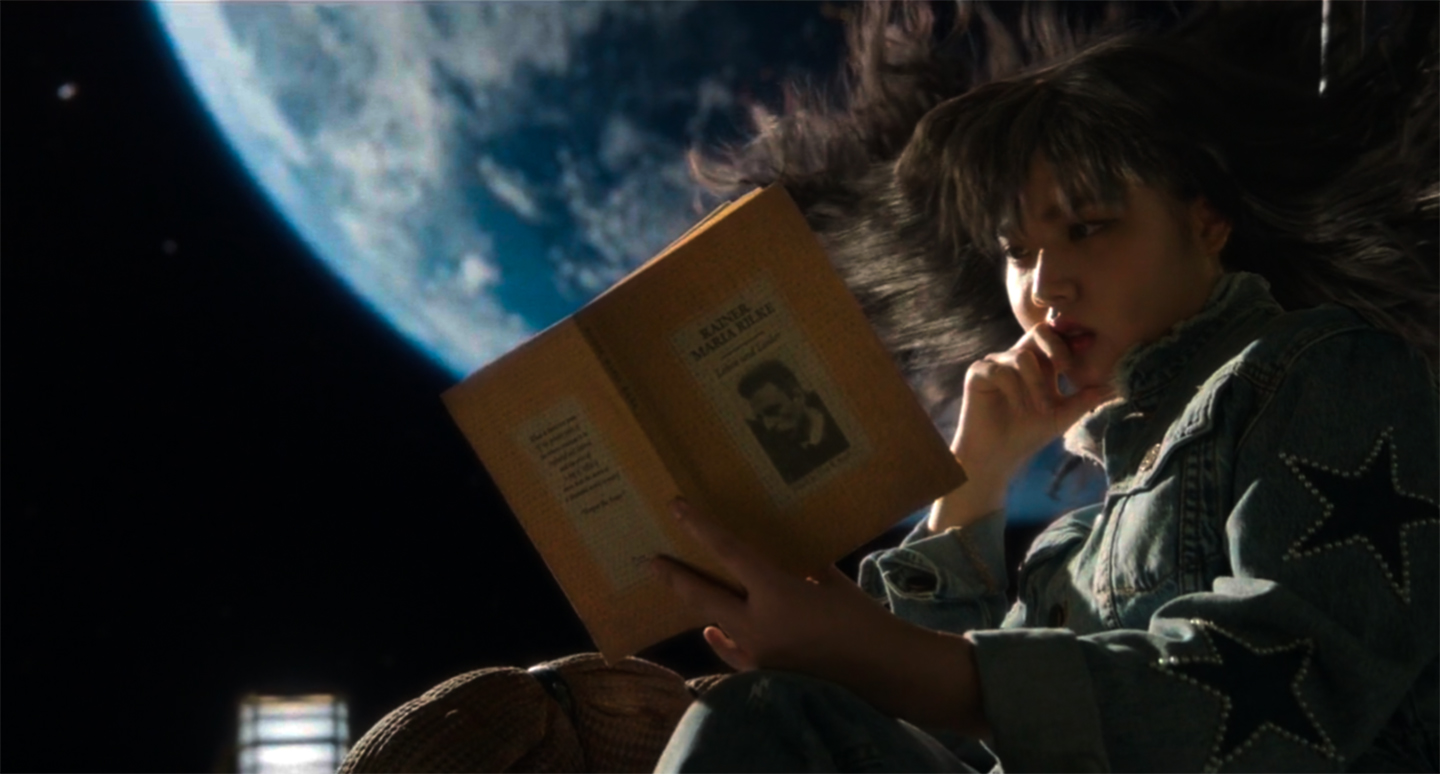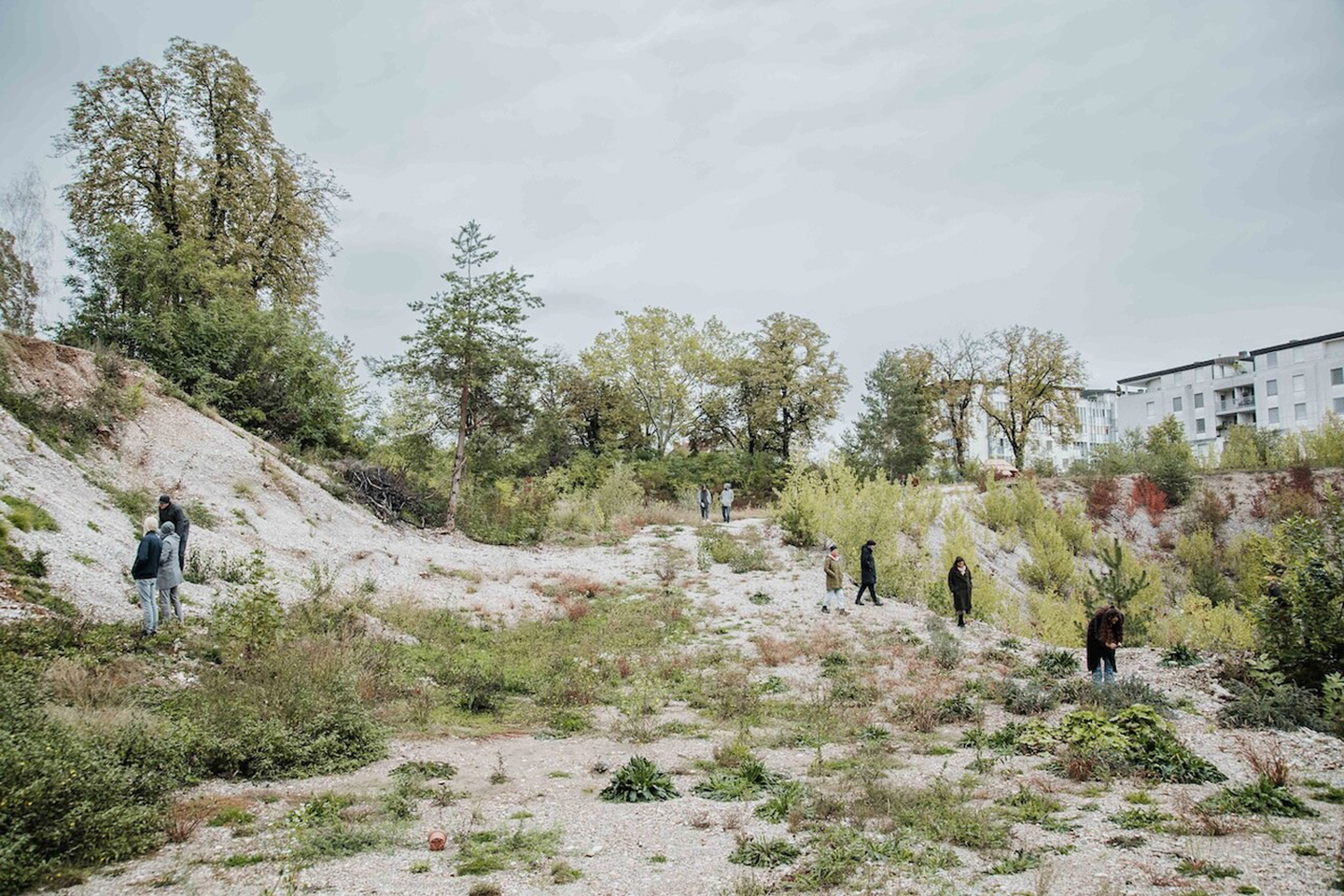In the aftermath of the shocking massacre of Israelis by Hamas and the horrific retaliatory carnage in Gaza by the Israel Defense Forces, we republished an “Open letter from the art community to cultural organisations,” supporting Palestinian liberation, denouncing violence against civilians, and calling for an immediate ceasefire. First appearing in Artforum, it was reportedly signed by over eight thousand artists and other art professionals. The letter quickly became a flashpoint of controversy, especially for its failure to name the atrocities committed by Hamas. Pressure campaigns were and continue to be mounted against signatories. The editor of Artforum was sacked by its new corporate owner (provoking resignations at the magazine and a call to boycott it). A statement was added by the letter’s writers about their intention to “mourn all civilian casualties” and about Hamas’s “horrific massacres.” And a counterletter, headlined “Both Should Come Together,” was published, stating that there is no contradiction between “staunchly opposing the Israeli occupation and the humanitarian crisis in Gaza, and unequivocally condemning brutal acts of violence against innocent civilians in Israel.” This is certainly true. In expressing support for the Palestinian cause, the open letter spoke against the sheer sense of hopelessness and political impotence in a situation of ever-expanding settlements and the near-normalization and routinization of apartheid conditions, a strategy pursued by the far-right Israeli government partially in collusion with Hamas, in a bid to weaken the Palestinian Authority and keep Palestinians divided. Contradictions and internal antagonisms abound, and perversely feed each other. The will to speak meets insidious resistance, while we are sold the vision of a brutally long war with no political resolution in sight.
“Nearly fifteen years ago, I embarked on what would become an arts and education project in Baghdad: Sada.” Five powerful testimonies by artist-filmmakers Sajjad Abbas, Ali Eyal, Sarah Munaf, Rijin Sahakian, and Bassim Al Shaker reflect on the conditions of art-making under and after the American occupation of Iraq. “Each artist had material only they could excavate, to understand more of what it was they went through as Iraqis, as artists, and as young people during this world-shattering period they lived in.” This past summer, the e-flux Screening Room featured an evening of documentary work by Miryam Charles, Parastoo Anoushahpour, and Sharlene Bamboat, whose films explore how geographic, historic, and familial chasms are bridged by acts of translation. In “To Be Once Removed: A Conversation,” Charles and Bamboat discuss with program curators Devika Girish, Lakshmi Padmanabhan, and Pooja Rangan displacement, translation, and the meaning of “accented cinema.”
Starting with the graffiti “Down with the ordinary,” Niloufar Nematollahi examines the politics of slogans in the context of the Iranian revolutionary movement “Woman, Life, Freedom” and Shirin Mohammad’s exhibition “Rebellion of the Slogans.” In “Shambles on the Bosporus,” Ingo Arend investigates recent scandals in the Turkish art world concerning the (mis-)organization of the Istanbul Biennial and the Turkish pavilion at the Venice Biennale, and the specter of governmental influence over the arts sector. Keti Chukhrov details the different stages by which the state took over contemporary art and the meaning of the “contemporary” in “Technologies of Interception of Art and Culture in Putin’s Russia.” In light of the recent elections in Poland, there is hope for political change, and also a change in cultural politics. Gábor Erlich provides an incisive comparative analysis of the Kaczyński regime in Poland and the Orbán regime in Hungary, contrasting their strategies for cultural capture and underlining the central role of what he terms the “illiberal professional-managerial class.”
We are happy to announce that Boris Groys is now writing a regular column for Notes. In the first installment, “From Writing to Prompting: AI as Zeitgeist-Machine,” Groys argues that chatbots augur a momentous cultural shift from the art of writing to the crafting of “prompts,” meant to trigger a response from the massive culture-processing machine that is today’s AI. His second essay, “The Others and the Sames,” takes on the fraught question of identity, arguing that, despite its connection with nature and culture, identity is always an artificial construction, involving a rupture with sameness. “We take responsibility only for what we have made ourselves—for a break with the nature and culture that formed us.” Mladen Dolar turns around the old canard about the loss or decline of authority in modernity, asking instead about “The Future of Authority?” Neither a matter of violent coercion nor rational persuasion, authority is something intractable yet demands a critical response—“perhaps an impossible task, but its impossibility is matched by its urgency.” We also published the prologue to Alenka Zupančič’s book Let Them Rot: Antigone’s Parallax, which appeared earlier this year. The book is an original reappraisal of the philosophical stakes of the timeless Sophoclean tragedy about desire, defiance, and the law.
Continuing with our cinema coverage, George MacBeth reviews Locarno International Film Festival 76, highlighting two films for praise: Romanian director Radu Jude’s Do Not Expect Too Much From the End of the World, and Argentine Eduardo Williams’s The Human Surge 3. “Though in several ways visually and thematically distinct, both films were nevertheless united by their gnawing-through of our received or restricted understanding of what cinema can still accomplish—leaving such expectations riddled with holes.” Ted Chiang comments on his own short story “Story of Your Life,” adapted for the film Arrival (dir. Denis Villeneuve, 2016), arguing that its core lies not in any speculative science fiction but in an emotional predicament inherent to love: the opening of oneself to loss. Writing about Martin Scorsese’s new film Killers of the Flower Moon, Pietro Bianchi focuses on the filmmaker’s reinvention of his own cinematic form. The true history of the murder and exploitation of the Osage people is one of oppression whose traces have been erased. Scorsese’s depiction of this history, unlike his other films, lacks a dramatic peak or redemptive arc, making the movie “strangely contracted and withdrawn.” “Killers of the Flower Moon, being the story of an erasure, cannot be elevated to the dignity of an epic.”
Read more on e-flux Notes.
